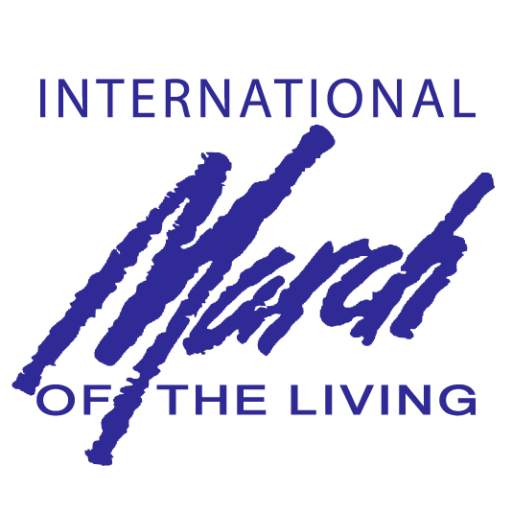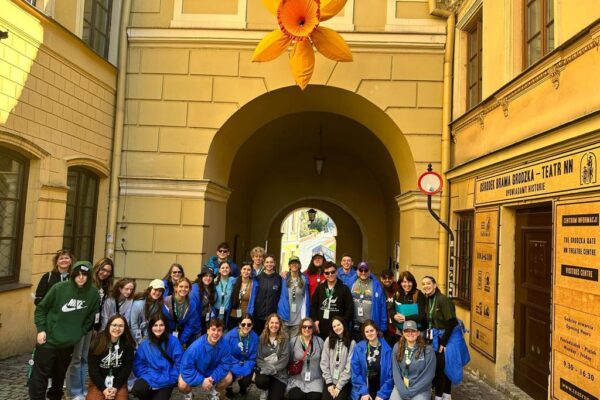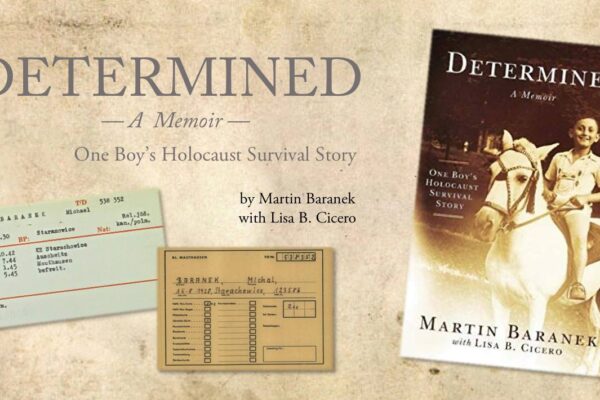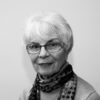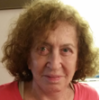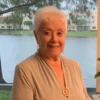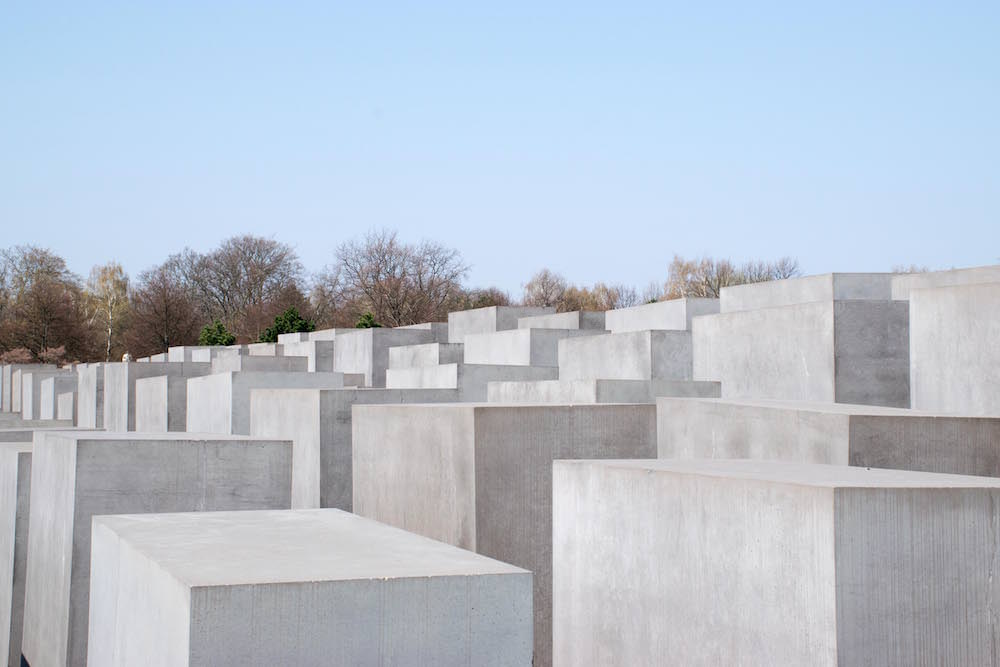 This past April, I embarked upon the March of the Living. Prior to the trip, I traveled by myself through Hungary, Austria, Czech Republic and Germany. While I did not consciously design this portion of the trip to have a Jewish focus, I did make an effort to check out the Jewish synagogues, museums, etc. along the way. From the Jewish cemetery in Prague, to the Turkish-inspired temples in Budapest and all the way to the Memorial to the Murdered Jews of Europe in Berlin, the trip quickly became a powerful WWII history lesson. After a somewhat exhausting three weeks of traversing Central and Eastern Europe by rail, I made my way to Krakow where I would meet the March of the Living group and start the portion of the trip that I was definitely the most apprehensive about. While I had learned about the Holocaust -throughout my life, I was sure seeing the sites firsthand would be a completely different experience.
This past April, I embarked upon the March of the Living. Prior to the trip, I traveled by myself through Hungary, Austria, Czech Republic and Germany. While I did not consciously design this portion of the trip to have a Jewish focus, I did make an effort to check out the Jewish synagogues, museums, etc. along the way. From the Jewish cemetery in Prague, to the Turkish-inspired temples in Budapest and all the way to the Memorial to the Murdered Jews of Europe in Berlin, the trip quickly became a powerful WWII history lesson. After a somewhat exhausting three weeks of traversing Central and Eastern Europe by rail, I made my way to Krakow where I would meet the March of the Living group and start the portion of the trip that I was definitely the most apprehensive about. While I had learned about the Holocaust -throughout my life, I was sure seeing the sites firsthand would be a completely different experience.
Together in an unassuming conference room in our Krakow hotel, 90 young professionals and adults from Australia, South Africa and the United States met for the first time to begin our journey. We were joined by approximately 11,000 fellow participants from around the world.
On one of the first days of our trip, we made our first visit to the Auschwitz concentration camp where we passed under the infamous arch reading “Arbeit macht frei” (A German phrase meaning “work makes you free”). On the occasion of that first visit, our sentiments reflected the gravity and darkness of the site that we were visiting. Historians estimate that 1.1 million prisoners died at Auschwitz, around 1 million of them Jewish. A survivor who had been held in that very camp escorted our group as we passed through the museum, augmenting the museum displays and detailing the atrocities that took place there.
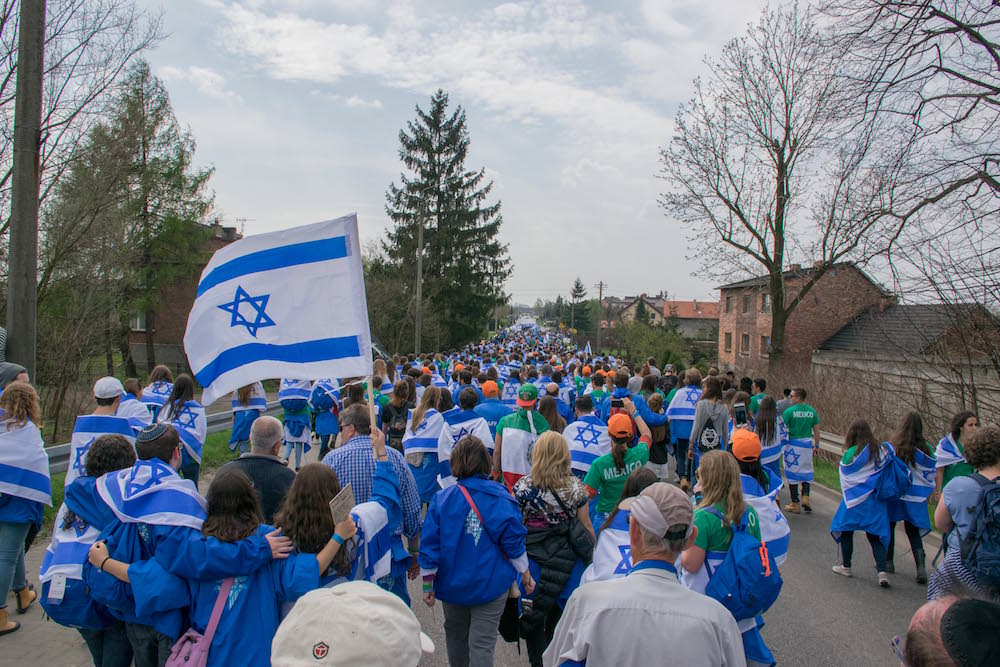 The next day, we returned to the same site. This time, however, all 11,000 of us came together to walk the three kilometers from Auschwitz from Birkenau. According to the March of the Living organizers, “The March is designed to contrast with the death marches, which began towards the end of World War II, and continued virtually up until the Third Reich’s last days…[it] is a silent tribute to all victims of the Holocaust.” Naturally, I found that throughout the trip, everyone processed the emotionally tolling experience differently. Some were brought to tears while others remained more composed. On the actual March, though, I couldn’t help but feel proud and in some ways joyous. Yes, we were there to pay our respects to the fallen victims; but, in my opinion, there was in fact something to celebrate: The resiliency of the Jewish people. 70 years later, seeing a sea of blue jacketed participants and Israeli flags was a powerful sight. Seeing thousands of people from all around the world descend upon the site where so many atrocities were committed represents the strength of the survivors and epitomizes why it truly is a March of the Living.
The next day, we returned to the same site. This time, however, all 11,000 of us came together to walk the three kilometers from Auschwitz from Birkenau. According to the March of the Living organizers, “The March is designed to contrast with the death marches, which began towards the end of World War II, and continued virtually up until the Third Reich’s last days…[it] is a silent tribute to all victims of the Holocaust.” Naturally, I found that throughout the trip, everyone processed the emotionally tolling experience differently. Some were brought to tears while others remained more composed. On the actual March, though, I couldn’t help but feel proud and in some ways joyous. Yes, we were there to pay our respects to the fallen victims; but, in my opinion, there was in fact something to celebrate: The resiliency of the Jewish people. 70 years later, seeing a sea of blue jacketed participants and Israeli flags was a powerful sight. Seeing thousands of people from all around the world descend upon the site where so many atrocities were committed represents the strength of the survivors and epitomizes why it truly is a March of the Living.
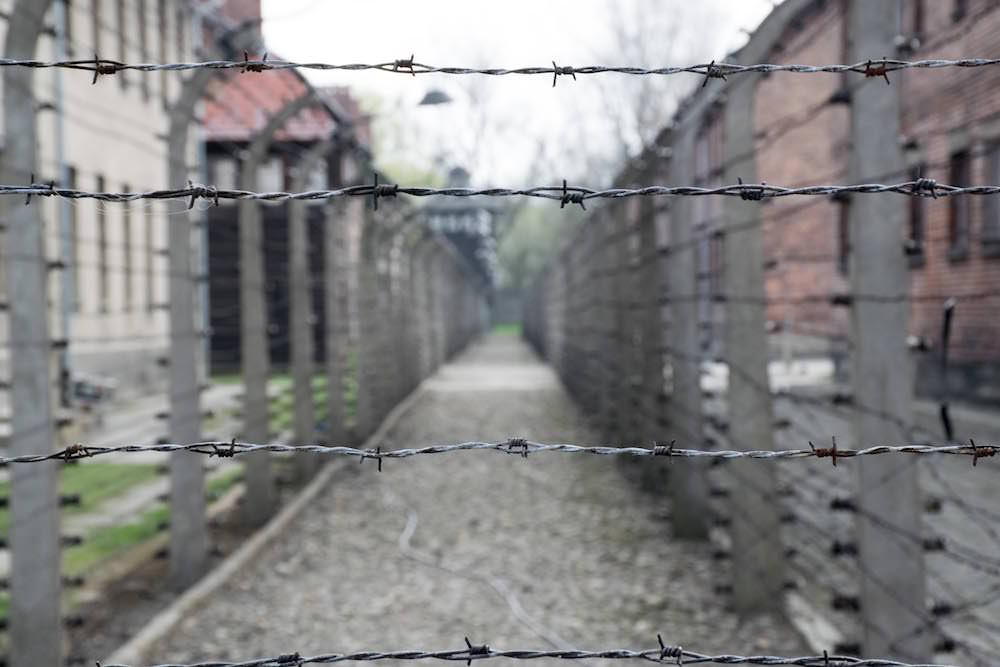 Moreover, what was powerful about the March went beyond the sheer number of supporters and the numerous countries they represented: it was seeing what unified us. The Israeli flag, draped across the shoulders of participants and enthusiastically waved by others, was a strong representation of that unification and is symbolic of the importance of a strong Jewish state in maintaining our resilience for another 70 years, and beyond.
Moreover, what was powerful about the March went beyond the sheer number of supporters and the numerous countries they represented: it was seeing what unified us. The Israeli flag, draped across the shoulders of participants and enthusiastically waved by others, was a strong representation of that unification and is symbolic of the importance of a strong Jewish state in maintaining our resilience for another 70 years, and beyond.
Beyond this short blog post, I would be doing you a disservice if I tried to describe each of the sites and experiences we went through on this trip. Instead, I implore you to travel to Poland to see and learn for yourself. Join the 2016 March of the Living and show the world just how resilient the Jewish people can be.
